Persian Craft Shop
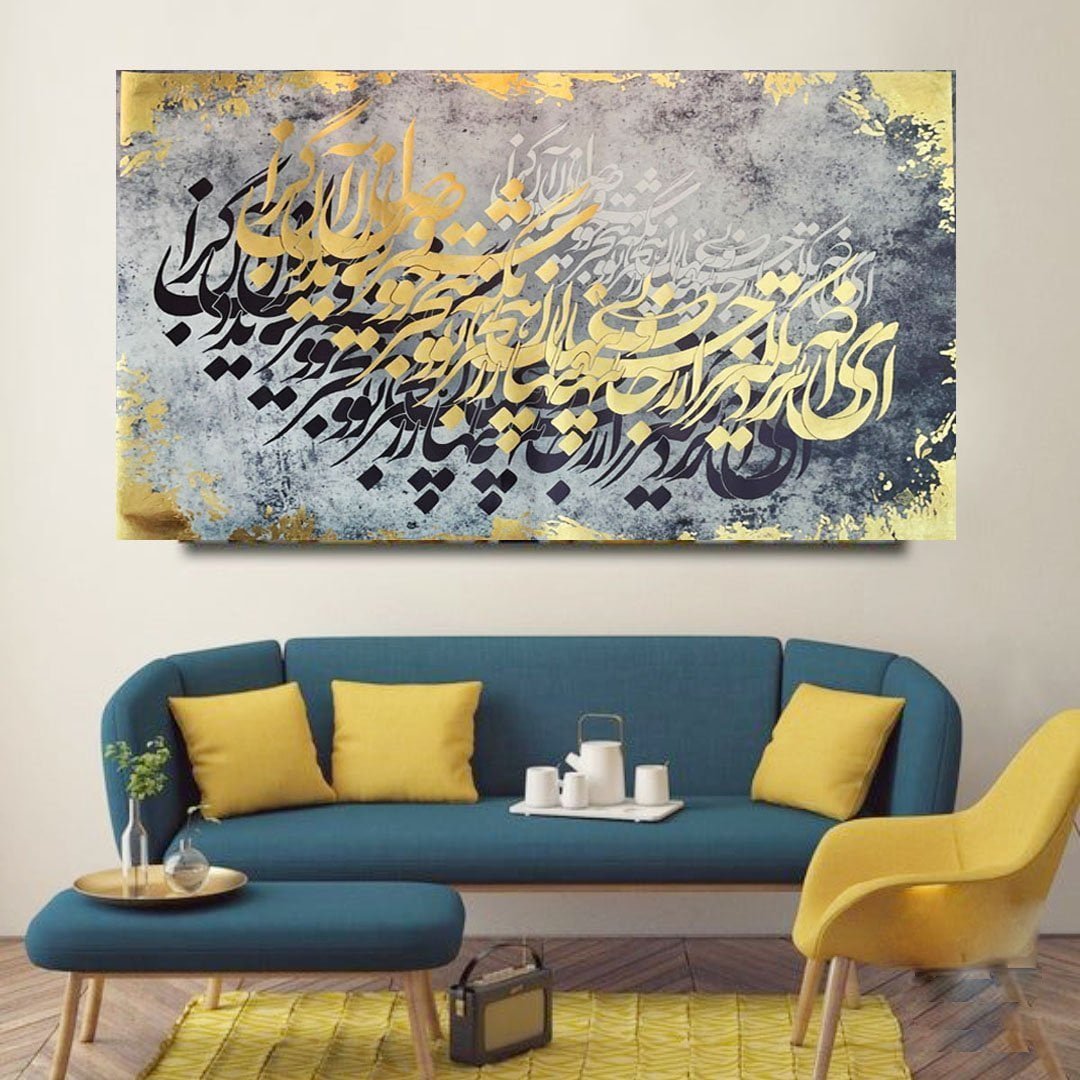
- Persis Collection
- 10 May 2018
- Blog
- 2 minutes
Crafting is a wonderful way to express creativity and bring handmade ideas to life. Whether you’re making jewelry, home décor, or personalized gifts, crafting allows for endless possibilities. At Craft Shop, you’ll find all the tools and materials you need to start or enhance your next project. From vibrant fabrics to specialty papers and unique embellishments, Craft Shop is your go-to destination for quality crafting supplies. Let your imagination lead the way!
At Persis collection Persian craft shop discover Over Thousand Products Inspired By Persian Art. Looking for the perfect Persian art? You can stop your search and come to Persis Collection.
Craft Shop
Persian art has one of the richest art heritages in world history and has been strong in many media.
including architecture, painting, weaving, pottery, calligraphy, metalworking and sculpture. At different times, influences from the art of neighboring civilizations have been very important, and latterly Persian art gave and received major influences as part of the wider styles of Islamic art. This article covers the art of Persia up to 1925, and the end of the Qajar dynasty. for later art see Iranian modern and contemporary art, and for traditional crafts see the arts of Iran. Rock art in Iran is its most ancient surviving art. Iranian architecture is covered at that article.
From the Achaemenid Empire of 550 BC–330 BC for most of the time, a large Iranian-speaking state has ruled over areas similar to the modern boundaries of Iran. often much wider areas, sometimes called Greater Iran, where a process of cultural Persianization left enduring results even when rulership separated. Court-sponsored art has left many of the most impressive survivals.
The general Islamic style of dense decoration, geometrically laid out, developed in Persia into a supremely elegant and harmonious style. Under the Safavid dynasty in the 16th century this style was used across a wide variety of media, and diffused from the court artists of the shah, most being mainly painters.







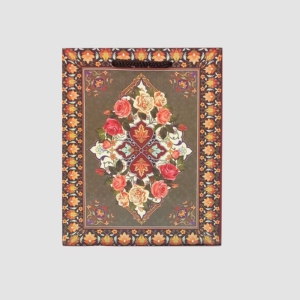
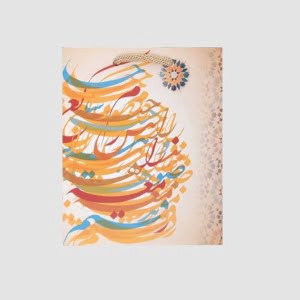
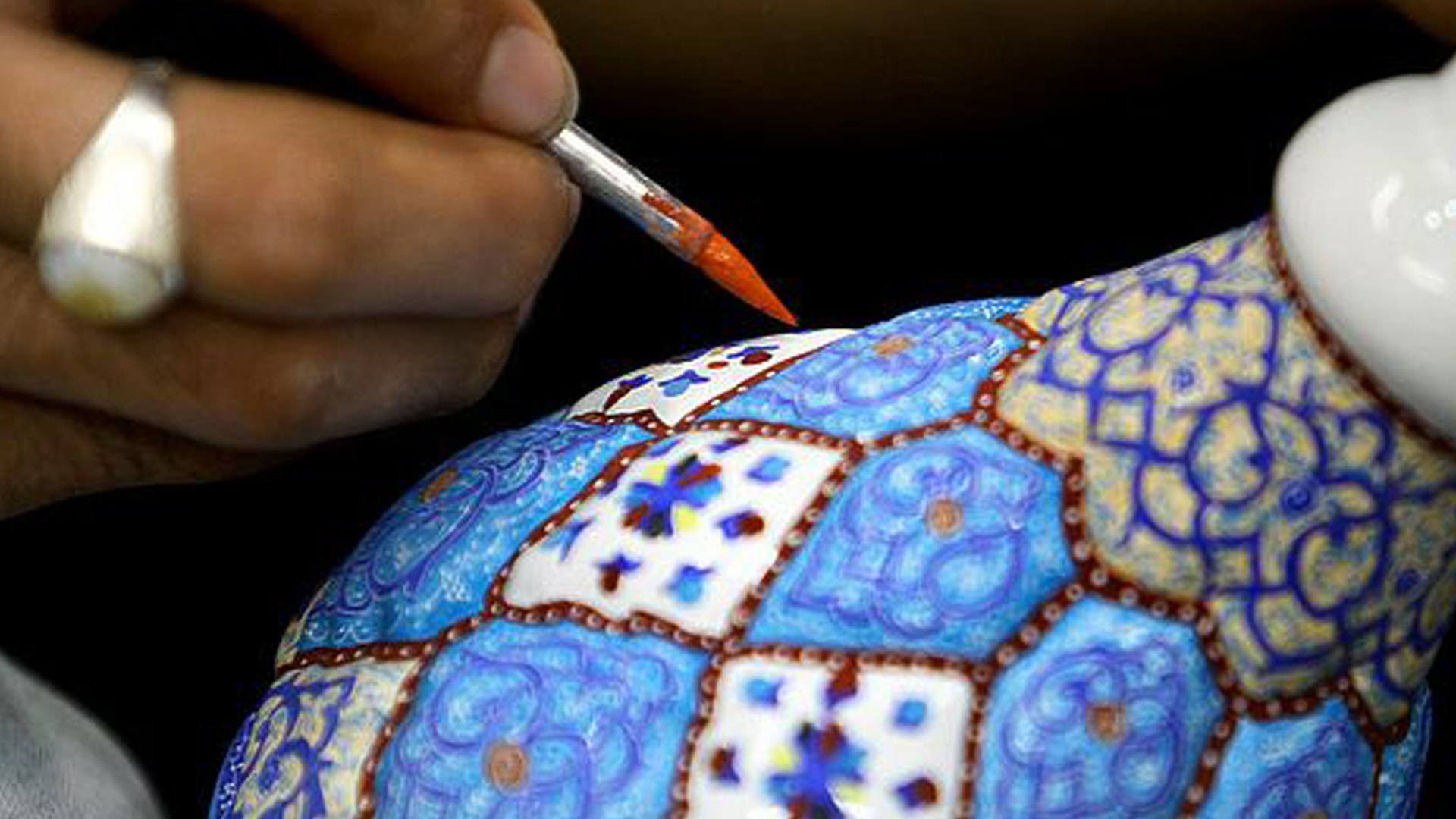
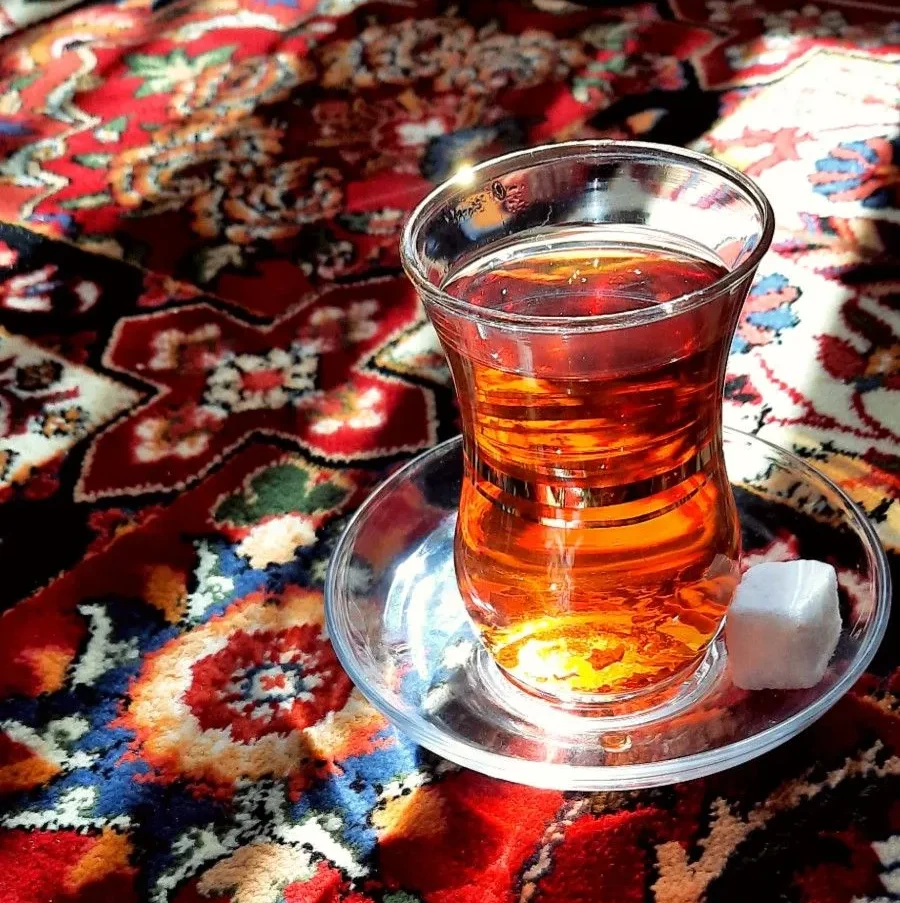
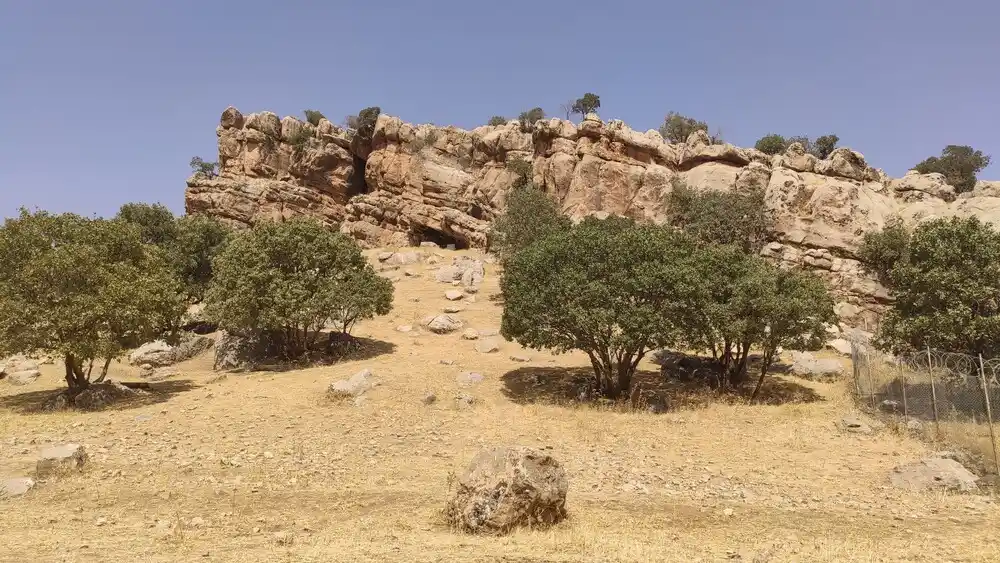
Comments